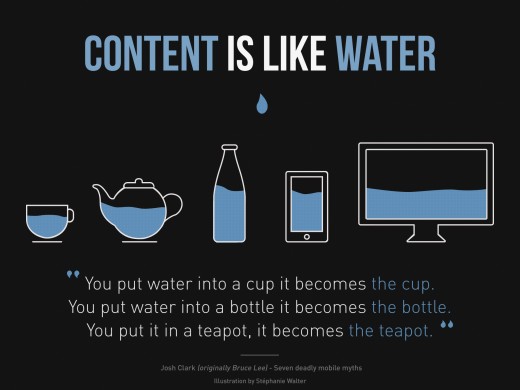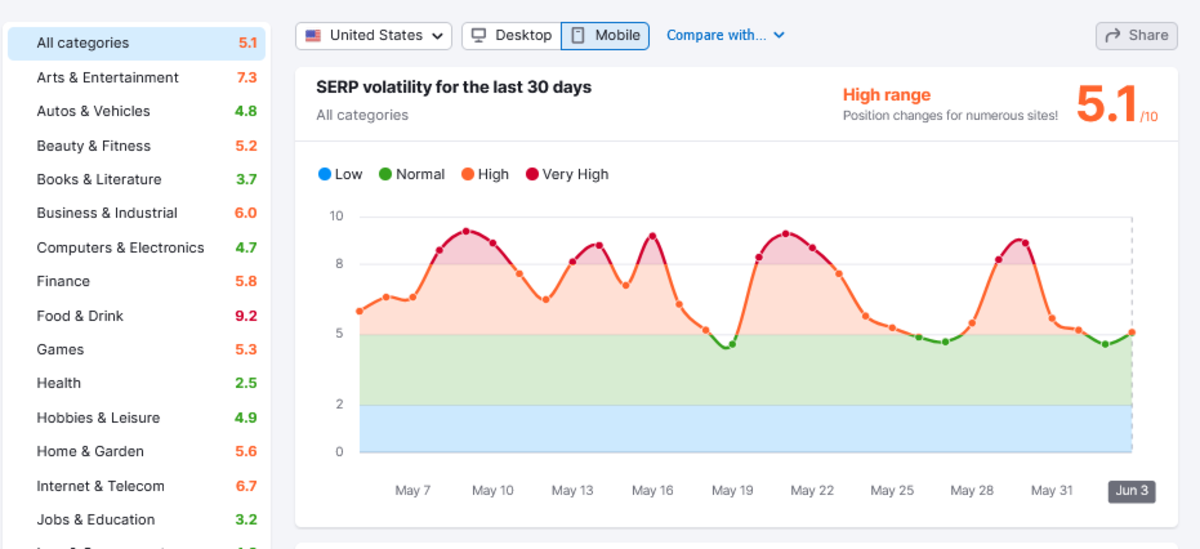Mobile Responsive Design Guides: Big Bang or Fizzle?

Sites that were non mobile-friendly would lose page rank. There was lots of scrambling as webmasters and site owners made haste to tackle SEO challenges and to get their sites up to speed. The big question, still looming, hinges on whether Mobilegeddon has been as significant as predicted.
Many industry experts believe that Mobilegeddon has come and gone with barely a whimper. There was much talk, and fear, of what would happen to websites across the board that weren’t mobile-friendly. Web design took on a whole new meaning, and the term “mobile friendly site” became a standard buzzword in the industry.
Quick Surveys
Have you heard about Google’s Panda?
The Dramatic Warnings and the Actual Outcomes
Google’s power and influence over small and large businesses is incredible. Every time it changes its algorithm, millions of business revenue dollars are affected. This was evident with Google’s Panda update in 2011. Certain business were wiped off the face of the map. Business models like eHow and shopping comparison engines took heavy hits. Panda arrived without a warning and its effect changed the Internet overnight. Companies that were hiring on a Monday, fired employees the same Tuesday. The SEO community was up in arms.
Google’s Hidden Plan
Google, as stated, has tremendous power and influence over websites. Make no mistake, it takes advantage of that. Whenever Google announces a new protocol that makes websites, let’s say, more secure, the goal is to make the web more secure as well. A web that’s mobile and secure works in Google’s best interests.
Google wants mobile users to be on the Web, as opposed to relying solely on apps. Google knows that the more time users spend in app environments, the less time they have time to spend on the Web and clicking on ads. There’s been tremendous growth in aps, and there’s no sign of this slowing down. However, Google has risen to the cause and has launched protocols to make mobile websites more app-like with their Chrome Push notifications.
This was done to blur the line between the mobile Web and apps. Google also gave warning of its latest algorithm change six weeks in advance. This is unusual, and the consensus is that Google wanted as many marketers to get on board as possible. Friendly mobile sites would benefit. Unfriendly mobile sites would not.
In short, this was Google’s way of pushing the Web in a desired direction. However, that’s fine. The world has accepted that this is how Google runs its business.
Did Google Lessen the Impact?
Some industry experts believe the impact should have been greater, and that Google’s latest algorithm change feel short of its intended mark. After all, Penguin and Panda penalized poor quality and false reputations. There are still many fortune 500 sites that are not mobile-friendly! This could mean that Google toned down its algorithm to give the world time to catch up.

The Matt Cutt’s Absence
There’s always a possibility that no one truly understands the Web community like Matt Cutts. His ability to explain Google updates is second-to-none. According to data, there was a significant change in SERPs. That change resulted in the different types of results now found. However, there doesn’t seem to be a significant business impact on the amount of traffic.
What Can Be Expected Going Forward?
The mobile Web isn’t going anywhere, even with the phenomenal growth of apps. Mobile use will only increase, and marketers will be forced to make the adjustments or risk losing business. There will be future mobile updates. No one knows what they’ll be. The one thing that can be counted on is that Google will always try to improve a user’s experience.
It remains a mystery how the Internet community will react to Google algorithm changes that impact future web design. Mobile-friendly will be a constant requirement going forward. However, if this recent change hasn’t created an overall sense of urgency, will future changes be able to? As is stands, in-house marketers already have a tough time of getting the resources need to make major changes.
The Future of Mobile Design Will Remain Interactive
While the requirements will stiffen to design a website that is mobile friendly that complements mobile users, these websites will still need to be interactive to retain customer attention. Animations are now required that cannot be taken for granted. There has been enough research conducted to support the premise that users are better persuaded by websites that support interactive features. This is largely due to the fact that interaction, the right kind, allows users to have more fun when browsing a website. They become more absorbed, which creates a more positive attitude toward the message, product, or service.
The successful nature of design, interactive design, has always been measured by user-engagement. This fact remains constant no matter what the decade. Mobile and interactive design will find new ways to enhance the following:
- Designs That Are Goal-Driven - Websites should incorporate better personas and user-scenarios so that users can have a better experience and complete their goals while on the site.
- Learnability – Is a huge plus. Users benefit when there’s less restriction on a mobile friendly site. Interfaces should be easy to learn and should be consistent with any existing designs.
- Response Time and Feedback - Speed is supremely important, especially for mobile users. Whatever the experience being offered, users must feel like the experience is being offered in real time. Interactions should resemble human-to-human conversations.
Responsive Design and Web Viability
Google clearly knows that the world is going mobile. The accompaniment and variety of mobile screen sizes makes responsive design a clear choice. The last research conducted, indicated that mobile Web traffic is fast approaching the 50 percent mark of all Web traffic. Responsive design and the push to make a website mobile friendly has largely been embraced out of pure economic need by marketers.
Beyond Responsive Design
If you haven’t heard the buzzword “adaptive design,” you should get used to it. While mobile design is responsive, it will also become more adaptive to an individual user’s preferences. Some marketers feel that the future of design will be focused on adapting to different devices. It’s the idea of consuming content in ways that content can connect seamlessly with any device a person uses. Adaptive design changes to fit the device.
More and more screens will be connected to the Internet and each other, and will extend beyond tablets, smartphones and desktops. Consider that there are wearables, watches, gaming systems that are next generation, along with many other advances.

Google is always on top of the latest trend. In fact, their policies often help create the latest technology trends geared for the Internet. As a marketer with an online presence, your job is stay on top of those changes and trends that can help make your website mobile friendly. The learning never stops if you want to remain competitive in your space. Read, attend forums, analyze your competition, and conduct research.
Never stop finding ways to stay at the forefront. Remember, your closest competitors will always be hot on your heels.








